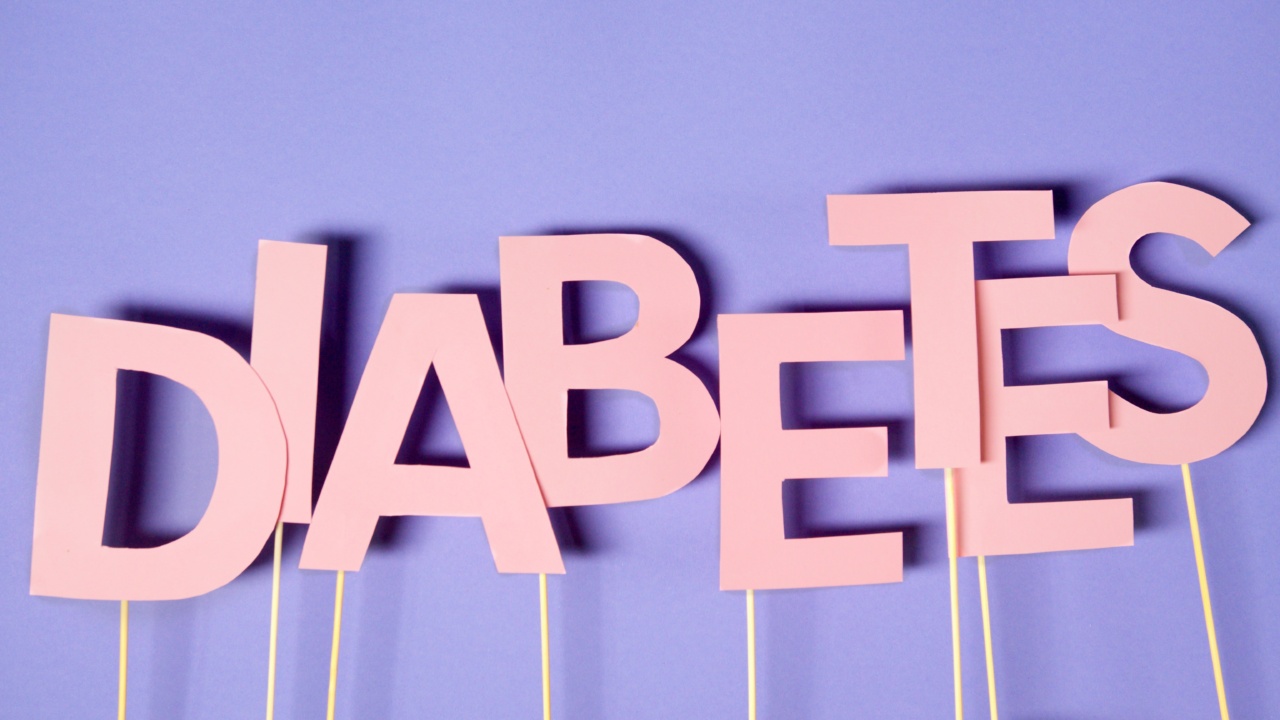Insulin resistance is a condition in which your body doesn’t effectively respond to the hormone insulin, resulting in high blood sugar levels. It is often a precursor to developing type 2 diabetes.
Making smart food choices can play a crucial role in managing insulin resistance and controlling blood sugar levels. In this article, we’ll explore some food options that can help you combat insulin resistance and maintain stable sugar levels.
1. Choose complex carbohydrates
Complex carbohydrates are digested more slowly than simple carbs, resulting in a gradual release of glucose into the bloodstream. This can help prevent spikes in blood sugar levels.
Opt for whole grains like brown rice, quinoa, whole-wheat bread, and oats to provide a steady supply of energy and keep your blood sugar balanced.
2. Increase fiber intake
Fiber-rich foods are beneficial for managing insulin resistance. They slow down digestion and absorption of carbohydrates, preventing sudden spikes in blood sugar levels.
Add high-fiber foods like legumes, fruits, vegetables, and whole grains to your meals. Aim for at least 25-30 grams of fiber per day.
3. Include lean protein
Incorporating lean sources of protein such as skinless poultry, fish, tofu, and Greek yogurt can help stabilize blood sugar levels.
Protein slows down the absorption of sugars in the bloodstream and promotes satiety, preventing overeating and subsequent blood sugar spikes.
4. Choose healthy fats
Opt for heart-healthy fats like olive oil, avocado, nuts, and seeds. These fats can improve insulin sensitivity and aid in blood sugar control. However, it’s important to consume them in moderation, as they are still calorie-dense.
5. Emphasize non-starchy vegetables
Non-starchy vegetables, such as broccoli, spinach, peppers, and cauliflower, are low in calories and high in nutrients. They have a minimal impact on blood sugar levels and can provide essential vitamins, minerals, and antioxidants.
Aim to fill half of your plate with non-starchy vegetables at meals.
6. Be mindful of portion sizes
Controlling portion sizes is crucial for managing insulin resistance and blood sugar control. Even healthy foods can contribute to elevated blood sugar if consumed in excess.
Use measuring cups, spoons, or a food scale to ensure appropriate portion sizes, especially for carbohydrate-rich foods like rice or pasta.
7. Limit added sugars
Avoid foods and drinks with added sugars, such as sodas, candy, baked goods, and sweetened beverages. These can cause rapid spikes in blood sugar levels and worsen insulin resistance.
Opt for natural sweeteners like stevia or small amounts of honey or maple syrup if necessary.
8. Stay hydrated
Drinking an adequate amount of water is essential for maintaining proper blood sugar levels. Hydration helps your kidneys flush out excess sugar from the bloodstream.
Aim for at least 8 cups (64 ounces) of water per day and adjust based on your activity level and climate.
9. Choose low-glycemic index foods
Low-glycemic index (GI) foods have a minimal impact on blood sugar levels. They are digested more slowly, preventing sudden spikes. Examples of low-GI foods include whole grains, legumes, most vegetables, and nuts.
Avoid high-GI foods such as white bread, white rice, sugary cereals, and processed snacks.
10. Incorporate regular physical activity
In addition to making smart food choices, regular exercise can improve insulin sensitivity and help control blood sugar levels. Engage in activities like brisk walking, cycling, swimming, or strength training at least 150 minutes per week.
Consult with your healthcare provider before starting any exercise program.




























